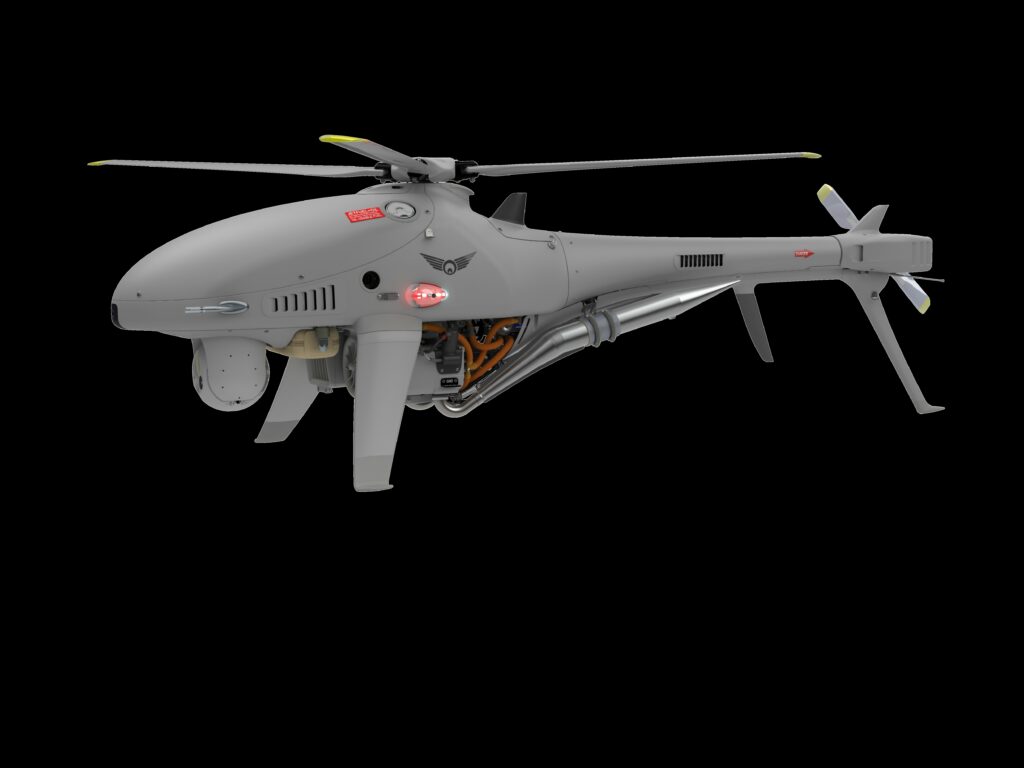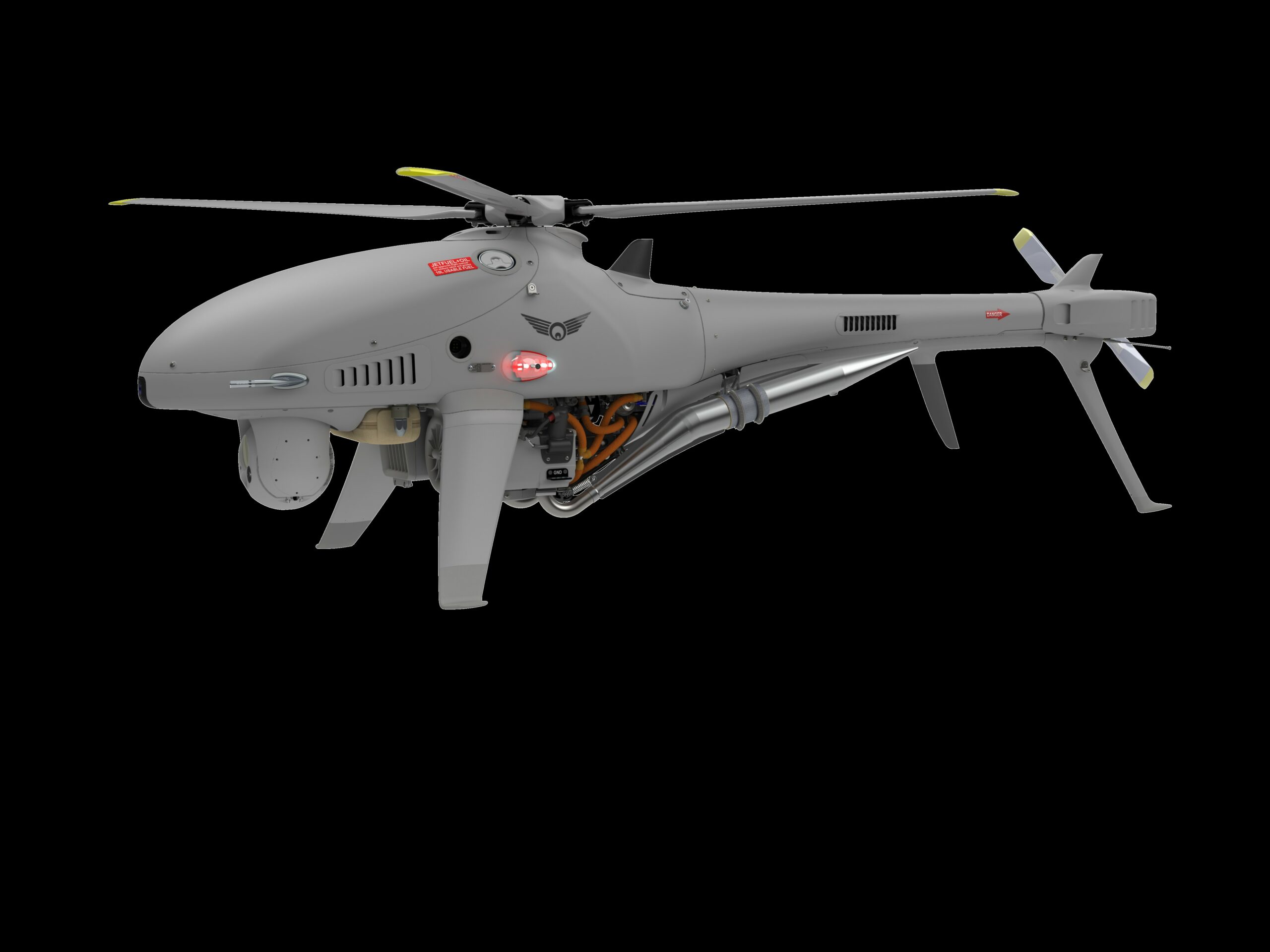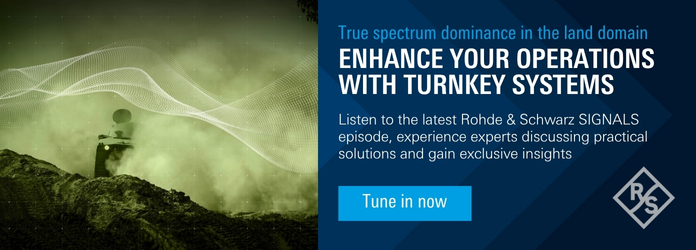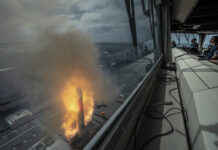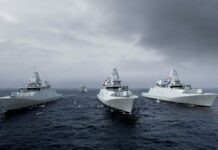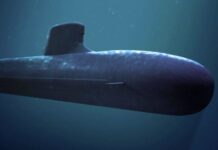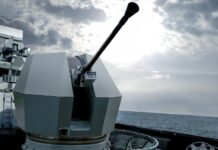Dutch unmanned helicopter system specialist High Eye has secured a contract from the Royal Netherlands Navy for its Airboxer vertical take-off and landing (VTOL) unmanned aerial vehicle (UAV), the company announced on 14 May 2024.
High Eye noted in a press release that, “after an extensive study of maritime VTOL UAV systems, the Dutch navy recognised the Airboxer’s suitability for the challenging maritime domain”.
Neither the number of Airboxers to be procured nor the value of the contract were given, although ESD has lodged these questions with the company.
“The selection of the Airboxer is a milestone for High Eye,” company CEO Joost de Ruiter was quoted as saying. “We are committed to becoming a long-term partner of the Dutch navy. Integrating different payloads and embedding them in naval operations will be a valuable learning experience that will elevate our co-operation to the next level.
“It is great news for us that after winning an international tender from the Ministry of Defence, High Eye has now signed a contract with the Royal [Netherlands] Navy,” De Ruiter added. “We see this as a reward for the hard work of our team and, above all, as an encouragement to continue.”
Powered by an air-cooled boxer engine with fuel injection, the Airboxer VTOL UAV has a classical main and tail rotor layout similar to a conventional manned helicopter and can accommodate multiple payloads, sensors and other additional hardware up to a weight of 7 kg.
At sea level it can lift payloads of up to 7 kg for several hours, fly in excess of three hours at a speed of 30 kts (55.6 km/h) with a payload of 2.0 kg or accelerate onwards all the way up to 70 kts. The maximum take-off weight of the aircraft at sea level is 32 kg, which is gradually reduced up to the UAV’s rated service ceiling, which is 254 m (10,000 ft).
At a speed of 30 kts the Airboxer can achieve its maximum range of 180 km on one fuel tank with a medium payload capacity.
The Airboxer’s flight control design and powerplant configuration allow it to operate in temperatures down to -20° C and up to 45° C and at a humidity of 95%. The UAV tolerates winds up to 25 ks for take-off and landing and moderate levels of rain, snow and hail. Electromagnetic interference has been demonstrated to pose no risk to the Airboxer at frequencies of 1 MHz to 18 GHz and field strengths of 200 V/m. When operating from a ship, roll and pitch angles of the deck are allowed up to 8 degrees and sea state 5 in standard operations.
